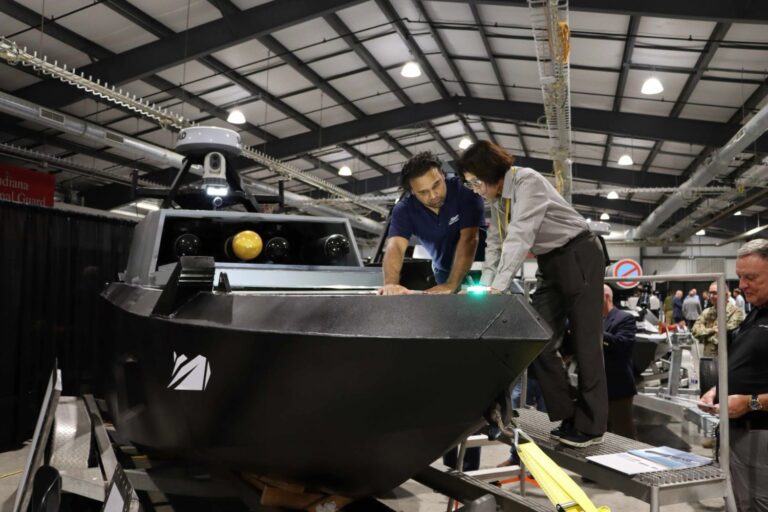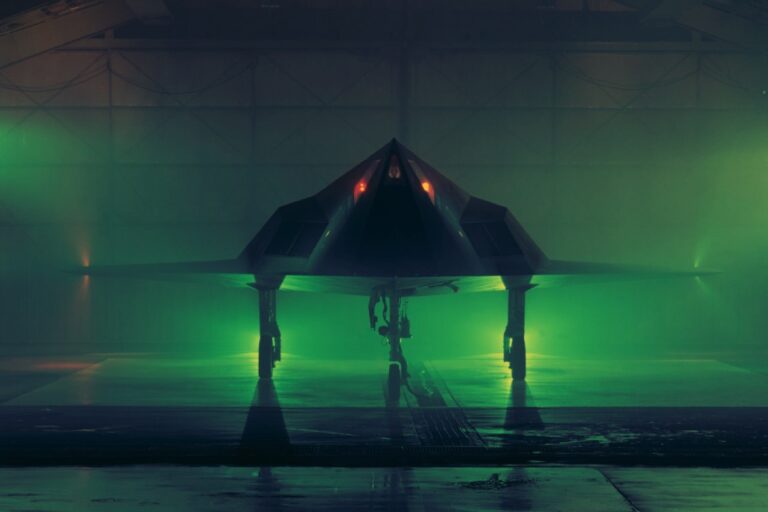The Pentagon-Silicon Valley Alliance Forged to Reinforce American Dominance
Mike Griffin, the undersecretary of defense for research and engineering, gave some concerning remarks about China’s developing armed forces and the United States’ decline in technological advancement.
“Our adversaries have taken advantage of what I have referred to as a holiday for the United States,” Griffin stated on April 18, 2018, alluding to the West’s Cold War win over its communist adversaries.
“China has understood fully how to be a superpower,” Griffin said. “We gave them the playbook and they are executing.”
And now, in 2023, the US finally confirms the threat of China is real. Some of the lawmakers has raised concerns that the US is falling behind China in some high-tech arms races. But it’s not the only field that America is losing its competitive advantage, in fact, China has been growing silently in military to reach the extent making the US worries.
The question is, before China rising, was America dominating the military sector? Let’s come to the first part.
Technological Advantage – The Pillar of the Nation Dominance
The United States is the world’s most powerful country. It possesses the most powerful military, the most powerful economy, and the most dominant culture. It leads the world in research, engineering, and medicine. Its universities are the most admired in the world.
Its corporations are the wealthiest and most successful in the world. People all throughout the world consume Big Macs, drink Coca-Cola, fly in Boeings, use iPhones, and watch Hollywood movies. Everyone understands who the American president is, what the CIA does, and who to contact if there is a problem on your border.
Since World War II, technology has been arguably the most crucial part of American dominance. That technological superiority began with the atomic bomb, continued with the space race, and now takes the form of the world’s most advanced and powerful military. As a result, the United States has attracted top talent and is a technological leader.
With the breakup of the Soviet Union signaling the end of the Cold War and the quick defeat of Iraq in the Gulf War, the United States enjoyed a commanding military edge over all opponents in terms of the capabilities of both its nuclear and conventional forces in the early 1990s.
Many attribute this edge to the so-called Reagan Build-up, which began in the latter two years of President Carter’s presidency and subsequently increased under President Reagan. Hundreds of billions of dollars were invested in the buildup to modernize practically every aspect of the American military.
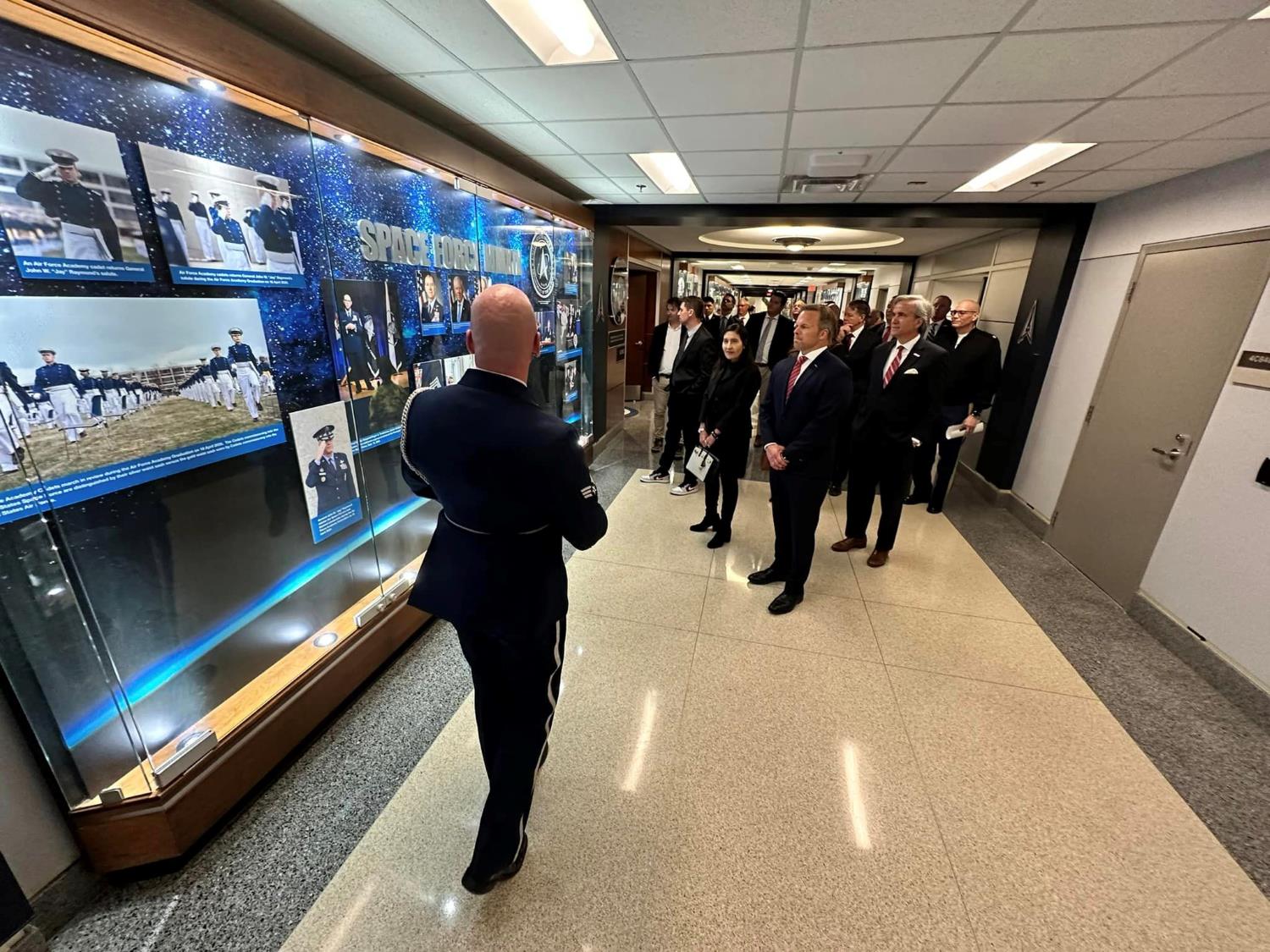
The advancement of nuclear forces, for instance, encompassed the buying of Ohio-class ballistic missile submarines, the extremely precise Trident D-5 and MX Peacekeeper missiles, the B-1B and B-2 bombers, and an increase of projects on tactical command-and-control, anti-submarine warfare, and anti-ballistic missile defense systems.
Traditional forces improvements included the Abrams tank, Bradley infantry fighting vehicle, Apache attack helicopter, and Patriot missile system, as well as the construction of a nearly 600-ship Navy and the deployment of the A-10, F-15, F-16, F/A-18, and JSTARS aircraft, as well as significant technical improvements in realistic training and troop quality investments.
With its long history of R&D and creation, the United States has long been the global tech leader, but that position is now being challenged by China, which has poured its whole weight – and tens of billions of dollars in state support – behind efforts to catch up to America.
The Rise of China Challenges the US Competitive Advantage
China’s economic and military power has increased in tandem with its growing desire to exert influence outside its boundaries over the last two decades. While America’s economic and military might remain formidable, its ambition to exert global influence as it once did is waning.
In a traditional transitioning power dynamic, China seeks a larger position in the globe while the US willingly and, in some situations, reluctantly cedes it.
As notably expressed by Robert Gilpin in Hegemonic Decline Theory, when one country is unable to offer a leading position in the world and another power rises and attempts to grab the reins, a hegemonic conflict will occur to correct the disequilibrium.
According to a new assessment, China has not only minimized the military capacity gap and escalated competitiveness with the US, but it has also established a strategy to beat the US in a possible conflict.
One issue explored was anti-access/area denial using hypersonic weapons, which are missiles or glide vehicles that travel at Mach 5 (five times the speed of sound) or higher, making them fast enough to avoid practically all current missile defense systems.
“China has fielded or can field … hypersonic delivery systems for conventional prompt strike than can reach out thousands of kilometers from the Chinese shore and hold our carrier battle groups or our forward deployed forces … at risk,” Mike Griffin, the undersecretary of defense for research and engineering, said.
He also stated that the US lacks a weapon capable of threatening the Chinese, as well as no defenses against China’s hypersonic missiles.
“We, today, do not have systems which can hold them at risk in a corresponding manner, and we don’t have defenses against those systems,” Griffin said, adding that “should they choose to deploy them we would be, today, at a disadvantage.
The undersecretary made the same concerns to the House Armed Services Committee before, stating that hypersonic weapons were “the most significant advance” made by the US opponents. “With today’s defensive systems, we will not see these things coming,” he warned on April 17, 2018.
When it comes to hypersonic glide vehicles, China has already surpassed the United States. It is now evident to US policymakers that China, once viewed as a potential economic and political friend, has evolved into a potential dire threat to national security, US enterprises, and American workers.
US Military Is Losing Its Technological Edge
The United States and China are now locked in a full-fledged technological war. It started with the Trump administration and is still going on under US President Joe Biden.
Indeed, Biden has framed the United States’ competition with China as the most significant front in a generational battle between democracy and despotism.
In 2022, White House national security adviser Jake Sullivan appeared to agree in an address at the summit that the country had substantial hurdles in keeping up with China in the development of new technology.
“We know that nothing is inevitable about maintaining America’s core strength and competitive advantage in the world,” Sullivan said. “And we know that it has to be renewed, revitalized and stewarded, and that is especially true when it comes to U.S. technological leadership.”
In China, he said, “we’re facing a competitor that is determined to overtake U.S. technology leadership and is willing to devote nearly limitless resources to do so.”
However, Sullivan affirmed that President Joe Biden’s administration is aware of the problem and is working to address it. The White House national security adviser also mentioned the recent approval of the CHIPS Act, which funds more than $50 billion toward the establishment of advanced semiconductor production facilities in the United States.
“We’re making historically unprecedented investments, putting us back on track to lead the industries of the future,” Sullivan said. “We’re doubling down on our efforts to be a magnet for the world’s top technical talent. We’ve adapted our technology protection tools to new geopolitical realities. And most importantly, we’ve done this in a way that is inclusive, force multiplying and consistent with our values.”
H.R. McMaster, a former Army general who served as Trump’s national security adviser, spoke on a panel at the conference. He stated that while progress is being made, the pace must be accelerated.
“It’s not going fast enough, because we’re so far behind, because there’s too many years of complacency based on flawed assumptions about the nature of the post-Cold War world,” McMaster said.
He called for a more active effort to hinder China’s technology growth, adding, “We need export controls now, to prevent China from getting a differential advantage, [while] maintaining our competitive advantages.”

In his resignation letter in 2022, Preston Dunlap stated, “By the time the Government manages to produce something, it’s all too often obsolete; no business would ever survive this way, nor should it.”
Dunlap stated that he had managed the development of more than $70 billion in Space Force and Air Force R&D and acquisition programs, as well as driving “innovation, adaptability, and commercial practices across the Department for our operators.”
Dunlap claimed that despite his best efforts, convincing the Pentagon to accept cutting-edge technologies is like “defying gravity.”
“Similarly, driving innovation and change in a large organization – let alone the largest organization on the planet, the Department of Defense – is hard, really hard. But not impossible,” he wrote.
Dunlap suggested that in order to reclaim its “technological edge,” the Pentagon needs adopt the “mentality and capability” of Silicon Valley, notably Elon Musk’s SpaceX – an approach that Dunlap said allowed him to achieve a number of goals during his stay at the DoD.
The Pentagon Comes Back to the Silicon Valley
We are at the start of a generational defense cycle that will necessitate unusual thinking and tools.
The invasion of Ukraine illustrates this evolution: comparably low-cost weaponry, ranging from drones to precision artillery, are redefining battlefields by exploiting cutting-edge networks, such as SpaceX’s Starlink. Meanwhile, a new variable is emerging: Attritable technology. The ramifications are changing the way militaries battle.
Defense innovation has always triggered a helix of action and reaction, with faster evolution resulting in greater success. During WWII, Turing’s codebreakers at Bletchley Park engaged in a year-long duel with Nazi cryptographic advances. The naval Enigma was broken hundreds of times, not just one.
Today, we are in a similar situation, though the velocity and size of change has increased. Consider how quickly today’s most advanced general computing projects evolve.
As general computing platforms become more applicable to a wide range of defense applications, from programming autonomous behavior to conducting real-time targeting analysis, sweeping advances in software and other technologies not originally designed for defense have unintentionally exacerbated computing’s impact on war.
To respond to the paradigm shift, the Pentagon’s DNA must be reengineered for a new era.
Given that the winner of the next big war will be more like a distributed computer operating at scale — programmatically collecting, sharing, and acting on data from relatively cheap and configurable endpoints like drones — computing design and organizational principles leveraged in the tech industry can help provide guidance to meet the challenge.
To provide our military with the best technology available, then Defense Secretary Ash Carter recognized the need to break down institutional boundaries and introduce new ideas, technologies, and approaches from the commercial sector.
In 2015, he announced the formation of the Defense Innovation Unit (DIU) to reestablish this link. DIU was created to bring novel and speedier contracting procedures to bear, making doing business with the DoD easier, more desired, and more profitable.
However, to sustain US leadership in important technologies, the 60-year-old acquisition system must be updated. For many innovations, the Department of Defense is no longer the first mover, key investor, or market maker.
To overcome defense problems, the DoD must become a quick follower, absorbing and integrating commercial technologies not developed by the DoD.
In addition, the DoD enters into Cooperative Research and Development Agreements (CRADAs) with Silicon Valley-based private enterprises and research institutes. These partnerships allow for joint research and development efforts, allowing the DoD to tap into developing technology and exploit regional knowledge.
The Defense Advanced Research Projects Agency (DARPA), a DoD research and development agency, also works with Silicon Valley technological specialists and corporations. DARPA pursues programs with high risk and high reward in order to develop breakthrough technologies that provide strategic benefits in national security.
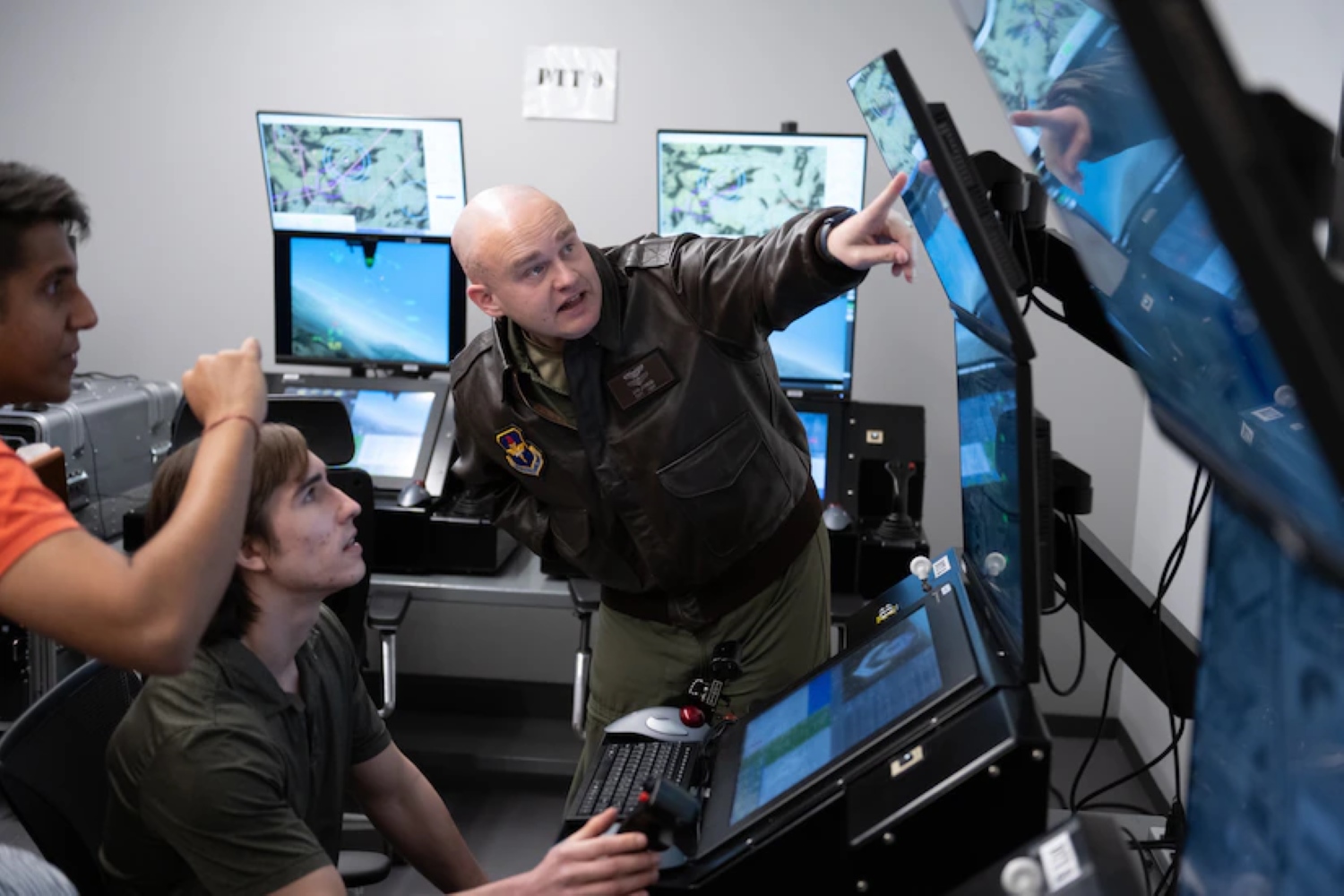
The Pentagon is attempting to engage Silicon Valley startups to help fund and advance development work on new weapons systems as part of efforts to tap private capital and keep up with China’s advancements in military technology, according to The Wall Street Journal on Sunday.
The current administration’s budget plan for fiscal year 2024 contains $115 million for the Department of Defense’s newly established office of strategic capital, which intends to recruit and direct venture capital into companies working on military technology platforms.
Unstoppable Effort to Regain the Upper Hand
The Defense Department’s budget for 2024 highlighted the Pentagon’s priority for improving its technologies through a combination of R&D, technology, and science. Although the department’s topline data indicates an all-time high of $842 billion, leaders claim the gain is only $26 billion above last year’s amount but is effectively flat owing to inflation.
The combined budget of the Navy and Marine Corps increased by 4.5% to $255.8 billion. The Army requested $185.5 billion, a 4.6% increase over the previous year’s budget of $178 billion. And the Air Force, including the Space Force, seeks $259 billion, with the Air Force getting $215 billion and the Space Force getting $30 billion.
Leaders from throughout the DoD had the opportunity to expound on their priorities for the requested budget at the McAleese fiscal year 2024 Defense Programs meeting on March 15, 2023.
The Army is putting procurement front and center as it tries to increase munitions production while also investing in new equipment and technology.
Aside from the large spending, the Biden administration will impose export restrictions on semiconductors manufactured in China by US corporations in October 2022. The Commerce Department also imposed license limitations on the sale of specific chips capable of being utilized in current weapons systems, as well as a ban on US citizens working in China’s chip manufacturing industry.
On the executing process, the Defense Information Systems Agency and the Department of Defense Information Network are looking for ways to repurpose cutting-edge technology like artificial intelligence; development, security and operations; and zero-trust assets to protect the Defense Department’s global network, the director of those organizations said.
Furthermore, the Defense Department has recently modified DoD Directive 3000.09, Autonomy in Weapon Systems, which controls the development and deployment of autonomous and semi-autonomous weapon systems.
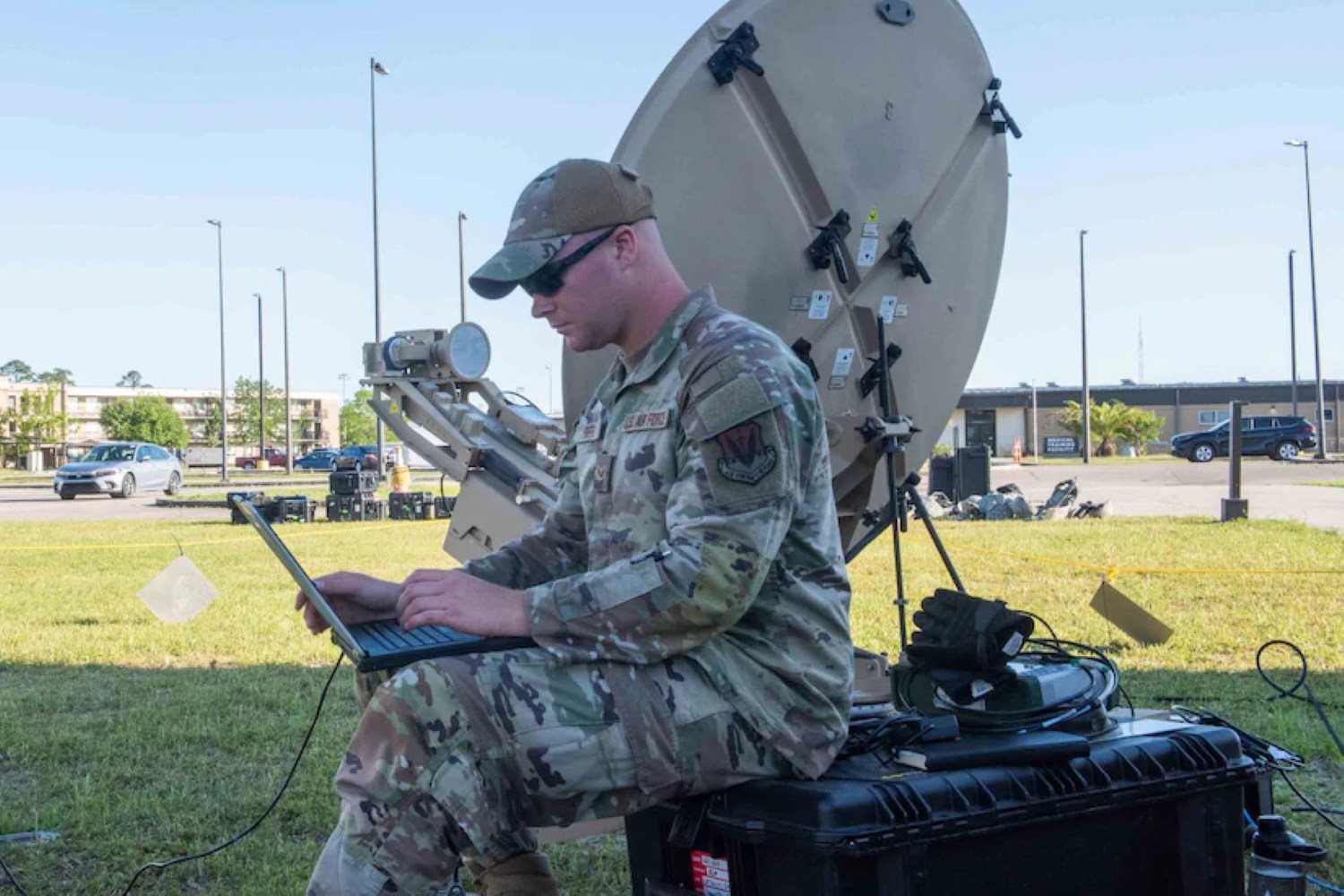
The directive’s core remains unaltered. The directive was amended by the Department of Defense due to technological developments, changes in the department’s organization, and changes in the security environment.
In a written statement, Deputy Secretary of Defense Kathleen H. Hicks stated that the department is dedicated to “developing and employing all weapon systems, including those with autonomous features and functions, in a responsible and lawful manner.” The directive exemplifies this commitment in action.
The directive has been updated to reflect technological improvements. The update “will help ensure [that] we can remain on the cutting edge of not only developing and deploying new systems, but also of safety,” according to the deputy secretary.
A top Pentagon technology officer also stated today that the Defense Department is prioritizing ethical considerations and teamwork in its approach to developing and fielding military uses of artificial intelligence.
During a panel discussion in Washington on setting rules and expectations for emerging technologies in national security, Michael C. Horowitz, director of the emerging capabilities policy office in the office of the undersecretary of defense for policy, emphasized the United States’ commitment to leading the international conversation about artificial intelligence.
This commitment, according to Horowitz, is supported by a complete set of policy decisions inside DOD that regulate the development and deployment of autonomous weapon systems, ethical artificial intelligence strategy, and the development of responsible artificial intelligence strategy and routes.




